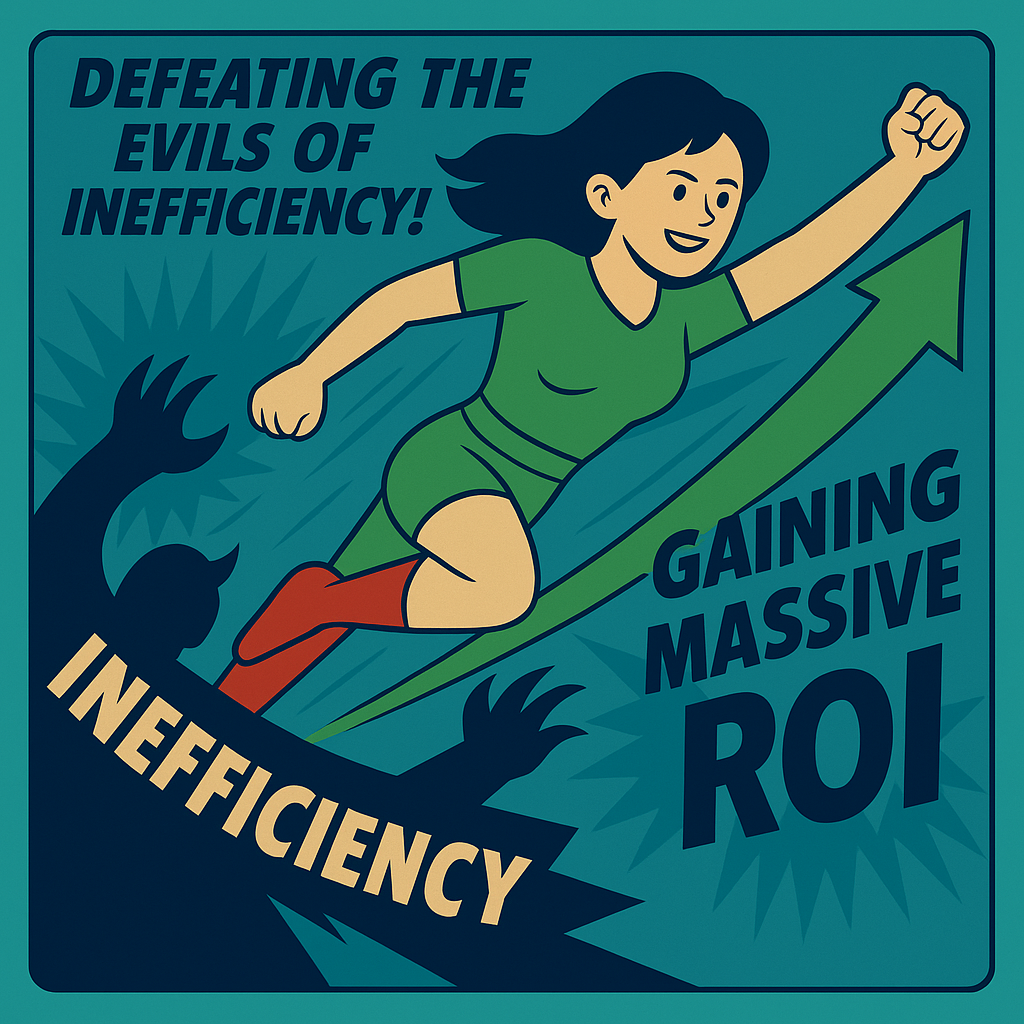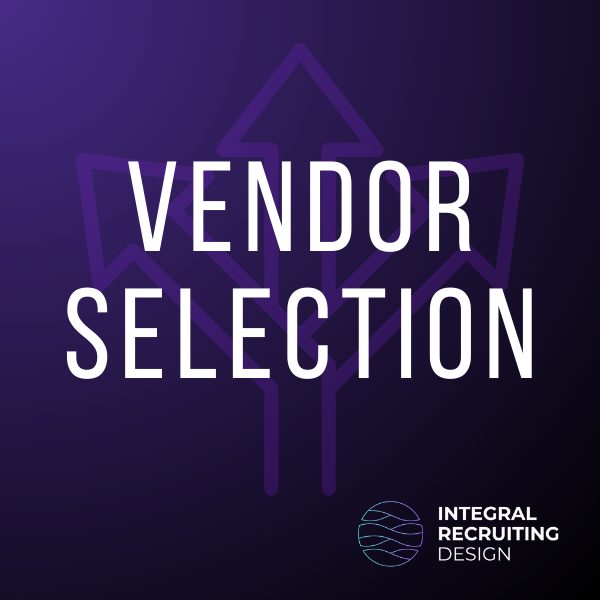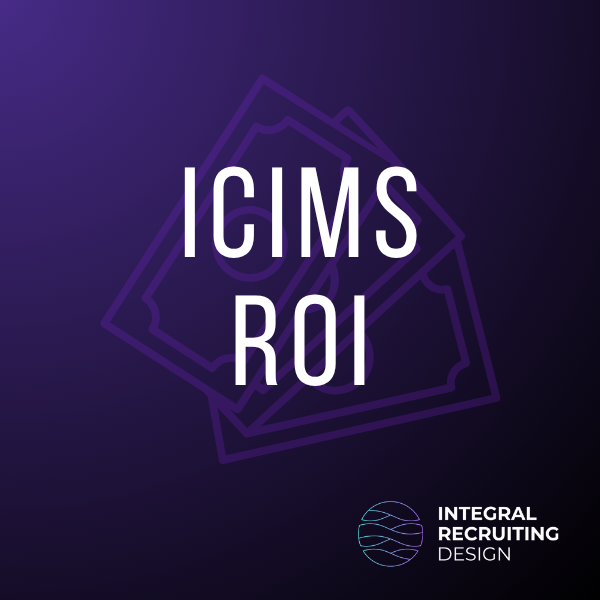When to Hire a Dedicated iCIMS System Administrator: Recognizing the Tipping Points
Are you managing an applicant tracking system like iCIMS? Maybe you’re wondering whether it’s time to hire someone full-time.
Your recruiters might be drowning in support tickets. Your metrics don’t add up. You’ve had too many candidate experience problems that could have been prevented.
Either way, you’re asking the right question.
The Real Challenge
The challenge isn’t whether you need better system administration. It’s recognizing when that need has reached a tipping point. This tipping point justifies dedicated resources.
Let’s explore when that moment arrives. We’ll also look at what it looks like in practice.
What Does a Dedicated Admin Actually Do?
iCIMS is powerful and complex. The platform offers incredible flexibility. However, that flexibility comes with responsibility.
A system administrator bridges the gap between two things:
- What the platform can do
- What your organization needs to accomplish
Core Responsibilities
Configuration and Setup:
- Configure workflows that match your hiring process
- Manage user permissions for data security and appropriate access
- Maintain integrations with other HR technology tools
- Customize reports that provide actionable insights to leadership
Daily Support:
- Serve as the primary support resource for users
- Coordinate with iCIMS and other vendors when issues arise
- Implement new features as they become available
- Monitor compliance requirements to keep your organization protected
Strategic Planning:
- Think strategically about system evolution
- Support your growing needs
- Plan for future requirements
This isn’t just maintenance work. It’s a full-time job if you want to do it right.
Without someone owning these responsibilities, problems multiply. The platform’s potential gets buried under quick fixes. Outdated configurations pile up. User workarounds compound over time.
Recognizing the Tipping Points
You don’t need a 10,000-person company to justify a dedicated system admin. In fact, some of the most frustrated teams we encounter are mid-sized organizations.
These companies have 500–1,500 employees. They invested in enterprise-grade tools like iCIMS to prepare for growth. However, they didn’t invest in the system support needed to realize that potential.
The question becomes: how do you know when you’ve reached that point?
You’ve Outgrown the Part-Time Admin Model
This is perhaps the most common scenario. Maybe a recruiter set up the system during implementation. Maybe an HR coordinator is still managing it on the side. They’re fitting system administration tasks around their primary responsibilities.
The problem is clear. Effective system administration requires proactive attention. It doesn’t work with reactive fixes squeezed between other priorities.
Warning signs include:
- Your current admin constantly puts out fires instead of preventing them
- System improvements get delayed because “real work” takes precedence
- The system configuration hasn’t evolved in months despite changing business needs
When you see these signs, you’ve outgrown the part-time model.
User Issues Are Becoming Your Daily Reality
Listen to the conversations happening around your office. Pay attention to your team calls.
Are you hearing recurring complaints like these?
- “I can’t find the right status for this candidate”
- “My reports are broken again”
- “Why can’t we just automate this simple process?”
These aren’t just minor annoyances. They’re symptoms of a system that isn’t keeping up with user needs.
Each complaint represents three problems:
- Lost productivity
- User frustration
- Workarounds that create inconsistent data
When these issues become background noise, you have a clear signal. No one is truly minding the store.
Your System Architecture Is Deteriorating
iCIMS systems accumulate technical debt over time. Without dedicated oversight, you’ll notice several problems:
Common signs of deterioration:
- Unused fields cluttering your interface
- Redundant statuses that confuse users
- Half-built workflows that were never completed
- Outdated templates that no longer reflect your current process
This deterioration doesn’t happen overnight. However, it accelerates without active management.
Eventually, you reach a critical point. The system feels more like an obstacle than a tool. Users start avoiding certain features. Data quality suffers. New team members struggle to understand how things work.
You’re Planning Significant Changes
Growth periods stress-test your current system administration approach. So do process improvements and technology integrations.
Major changes that require dedicated support:
- Rolling out a new feature
- Integrating a scheduling tool
- Switching background check providers
- Onboarding a new division
Every change represents both an opportunity and a risk.
These transitions require someone who can handle multiple tasks:
- Plan implementations carefully
- Test changes in a controlled environment
- Document new processes thoroughly
- Communicate changes effectively to all stakeholders
When handled well, changes strengthen your system. They also improve user experience. When handled poorly, they create lasting problems. These problems affect everyone who touches the platform.
Metrics and Reporting Have Become Mission-Critical
Organizations mature over time. Executives increasingly rely on talent acquisition metrics to make strategic decisions.
Your leadership team might be asking for several types of analysis:
- Time-to-fill analysis
- Source-of-hire breakdowns
- Pipeline velocity measurements
- Cost-per-hire calculations
Can you produce accurate, consistent reports easily? If not, you’ve identified a critical gap.
Reliable metrics require more than just running reports. They require thoughtful data architecture. They also need consistent user behavior and regular data cleanup. Often, they require custom reporting solutions.
This level of analytical sophistication rarely emerges from ad-hoc system management.
Compliance Requirements Are Intensifying
Many organizations find their compliance needs growing more complex over time. This happens due to several factors:
- Industry regulations
- Company policies
- Audit requirements
Common compliance demands include:
- OFCCP compliance
- Data retention policies
- Privacy regulations
- Internal audit requirements
All of these place demands on your ATS configuration. They also affect your data management practices.
A dedicated admin ensures compliance isn’t an afterthought. Instead, it’s built into your system architecture and ongoing processes.
They can implement several solutions:
- Automated compliance checks
- Proper documentation maintenance
- Quick responses when audit requests arrive
Alternative Approaches: Managed Services and Fractional Support
Hiring a full-time employee isn’t always feasible. You might face budget constraints or headcount limits. Your company size might not justify it.
Consider managed services or fractional system administration instead. At Integral Recruiting Design (IRD), we offer scalable iCIMS administration support. This support can flex with your changing needs.
When This Approach Works Best
This approach proves especially valuable when:
- You have fewer than 1,000 employees and may not need full-time support
- You’re experiencing a period of transition or rapid growth that requires temporary additional capacity
- You want strategic guidance and best practices from experts who work across multiple implementations
You get expertise, not just task execution from someone learning on the job.
Flexible Scaling
Our clients often start with 10–20 hours per month of dedicated support. They scale up during busy periods or special projects. Then they scale back down when things stabilize.
This flexibility allows you to get expert-level administration. You don’t need the commitment and overhead of a full-time hire.
Calculating the Return on Investment
Many people think of system administration as a cost center. However, this perspective misses the bigger picture.
The real question isn’t what a dedicated admin costs. It’s what system failure costs your organization.
Direct Costs to Consider
Calculate these hidden expenses:
- Missed candidates when application forms break or job postings contain errors
- Lost productivity when confused users spend extra time navigating workarounds
- Lost productivity when users wait for help with basic tasks
- Poor decisions based on unreliable data that could have been prevented
- Compliance risks that emerge during audits when your system hasn’t been properly configured
- Opportunity costs of improvements that never get implemented
No one has time to plan and execute improvements properly without dedicated resources.
When you compare these hidden costs to the investment in a skilled administrator, the picture changes. A skilled administrator prevents problems. They support your team effectively. They help your ATS deliver on its promise.
Therefore, the ROI calculation becomes much clearer.
Quantifying the Benefits
A competent system admin typically pays for themselves through efficiency gains alone. Consider this example:
They help your five-person recruiting team save just two hours per week. That’s 520 hours annually. This equals adding a quarter-time recruiter to your staff.
Additional benefits include:
- Improved data quality leads to better hiring decisions
- Better hiring decisions reduce turnover costs and improve team performance
- Better candidate experience improves your employer brand
- Improved employer brand increases conversion rates
- Faster time-to-hire can save thousands of dollars per position
These savings come from reduced productivity loss and opportunity costs.
The Cost of Waiting
Procrastination in system administration creates compound problems. Technical debt accumulates faster than it can be resolved.
User frustration builds over time. This leads to workarounds that create inconsistent data and processes. Trust in the system erodes. This makes future improvements harder to implement successfully.
Perhaps most importantly, you’ll likely end up spending more. You’ll pay both in remediation costs and lost opportunities. This costs more than investing in proper administration from the beginning.
System problems that could have been prevented with regular maintenance often require expensive solutions. These include emergency fixes or complete reconfigurations.
In-House vs. Outsourced: Making the Right Choice
Whether you hire internally or work with a partner like IRD, one element is crucial. Someone must be clearly accountable.
They must own system strategy, ongoing maintenance, user support, and continuous improvement.
When In-House Works Best
In-house administrators work best when:
- You want someone fully embedded in your company culture and processes
- You have sufficient volume and complexity to justify a full-time role
- You prefer tight internal control over system changes and data access
When Outsourced Support Is Ideal
Outsourced support proves ideal when:
- You need immediate access to deep expertise without a lengthy hiring and training process
- You want flexibility to scale support up or down based on changing needs
- You value the outside perspective and cross-client insights
Specialists who see multiple implementations bring valuable industry approaches.
Building Your Business Case
Are you preparing a proposal to hire or contract an iCIMS System Administrator? Focus your argument on business outcomes rather than technical features.
Key Points to Emphasize
Emphasize these benefits:
- Dedicated administration reduces errors and compliance risks that could prove costly
- Improved user satisfaction and system adoption translate to recruiter productivity
- Better data quality and reporting capabilities enable more informed decisions at all levels
- Freeing recruiters from system troubleshooting allows them to focus on their core job
Their core job is building relationships and making great hires.
Industry Benchmarks
You can strengthen your case by benchmarking against industry standards. System administrators at mid-sized companies typically earn $75,000–$120,000 per year. This depends on experience and location.
For that investment, you gain:
- System stability
- Faster hiring processes
- More reliable analytics
- Peace of mind from knowing someone is proactively managing your technology investment
This technology investment is one of your most important ones.
Conclusion: The Time Is Now
The best time to hire a dedicated ATS administrator was six months ago. This was before problems accumulated and technical debt mounted.
The second best time is now. Act before small issues become major disruptions.
Whether you choose full-time staff, part-time support, or outsourced expertise, the decision matters. Bringing in someone who can properly manage your iCIMS system represents a high-ROI investment. This investment sets your entire talent acquisition team up for sustained success.
Don’t wait until your system breaks down. Don’t wait to realize how much value expert administration brings to your organization.
The question isn’t whether you need better system support. It’s whether you’re ready to stop managing around system limitations. Are you ready to start leveraging your platform’s full potential?
Ready to explore your options? Consider IRD’s iCIMS administration services or join our next Free Friday call to learn from other organizations who’ve made this transition successfully.




